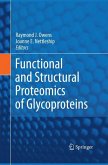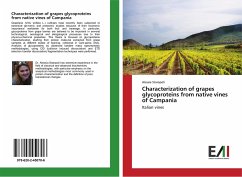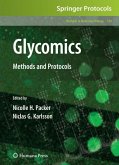Glycosylation of recombinant proteins is of
particular importance because it can play
significant roles in the clinical properties of the
glycoprotein, such as enzyme activity, protein
stability, pharmacokinetics, and immunogenicity. In
this work, the N-glycan structures of recombinant
human Factor IX (tg-FIX) and Protein C (tg-PC)
produced in the transgenic pig mammary gland were
determined. It has been found that the majority of N-
glycans of tg-FIX and tg-PC are complex bi- and tri-
antennary with one or two terminal N-
acetylneuraminic acid moieties. There were
significant species-specific and tissue/cell-
specific differences in N-glycan structures among
animals used for transgenic animal bioreactors. N-
glycan profiles of tg-FIX were consistent during
lactation with respect to the overall distribution
of sialylated vs. neutral oligosaccharides. The
results show that the porcine mammary gland can be a
viable candidate bioreactor for production of
recombinant human glycoproteins that require
complex, sialylated N-linked glycans.
particular importance because it can play
significant roles in the clinical properties of the
glycoprotein, such as enzyme activity, protein
stability, pharmacokinetics, and immunogenicity. In
this work, the N-glycan structures of recombinant
human Factor IX (tg-FIX) and Protein C (tg-PC)
produced in the transgenic pig mammary gland were
determined. It has been found that the majority of N-
glycans of tg-FIX and tg-PC are complex bi- and tri-
antennary with one or two terminal N-
acetylneuraminic acid moieties. There were
significant species-specific and tissue/cell-
specific differences in N-glycan structures among
animals used for transgenic animal bioreactors. N-
glycan profiles of tg-FIX were consistent during
lactation with respect to the overall distribution
of sialylated vs. neutral oligosaccharides. The
results show that the porcine mammary gland can be a
viable candidate bioreactor for production of
recombinant human glycoproteins that require
complex, sialylated N-linked glycans.








